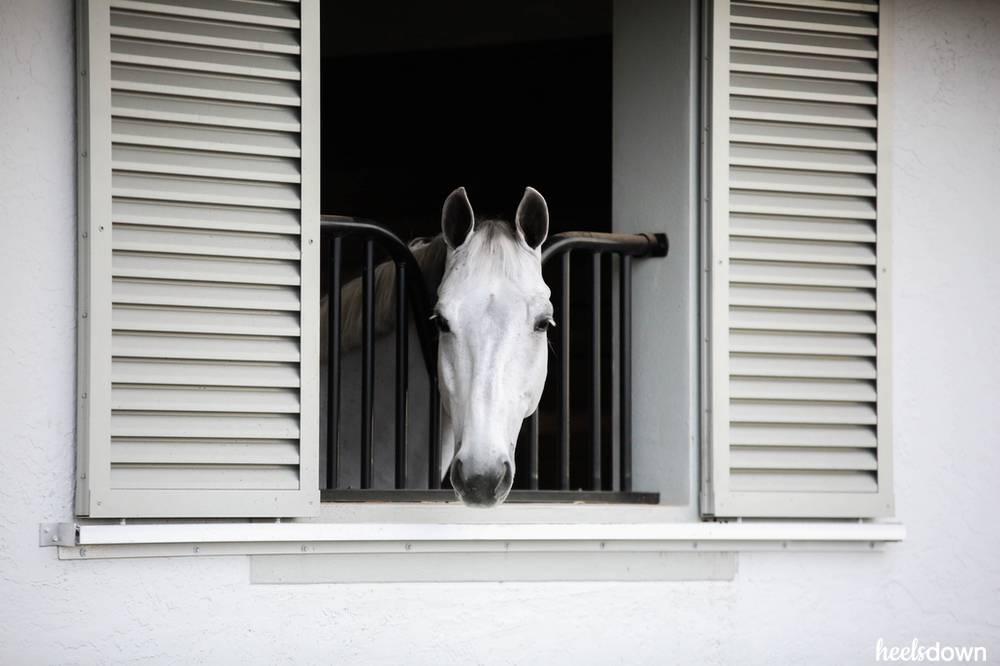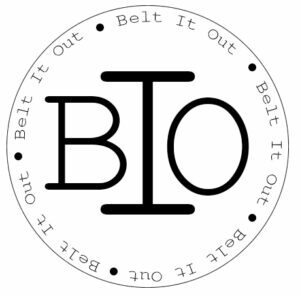Where Does Your Board Money Go?

It ain’t cheap to own a horse. Paying board at a stable can feel like paying a second rent, too.
An informal survey of horse owners from all over the U.S. by Heels Down revealed that the average board costs around the country trend in the neighborhood of $700 per month for full care. Self-care, partial care or pasture board options average lower, closer to $300 per month.
No matter which way you look at it, however, board is still a big expense. While your heart might break a little each month when you write the board check, there is a rhyme behind the reason when it comes to dictating board cost. Often, there are more costs than what immediately meets the eye.
Like This Story? Try: Run Your Barn Like A Well-Oiled Machine
Heels Down spoke with Carrie Wehle, of Scottsville, N.Y., who owns Wehle Farms LLC, a full-service boarding and training farm in New York. Board pricing, she says, is about knowing how to factor in the market and your target audience, just as you would with any other business.
“There are four major expense categories for us each year,” Carrie explained. “Equipment maintenance was our largest expense last year, followed by feed (not including supplements and hay), insurance and property taxes.”
I try not to price myself out of the market, but I also know I have the nicest facility.
Property taxes can be a sizeable expense for any farm owner, depending on what area they call home. New York is subject to one of the highest property tax rates, which will account for some of the price differential in board from state-to-state.
Of course, the expenses for owning and operating a farm don’t stop there. “Rounding out the rest of our expenses are bedding, payroll, utilities and equipment purchases,” Carrie said. “We have one employee who helps my husband and I, and we make our own hay. We have a unique facility for boarding. I charge what the market can tolerate for the highest end facility in the area.”
Here’s where the formula can get tricky – if a farm has a lot to offer in terms of amenities like a covered arena, that facility can command a higher board rate, but it also runs the risk of losing a level of clientele that can’t budget for that kind of high expense. “I try not to price myself out of the market, but I also know I have the nicest facility,” Carrie continues. “I also don’t ‘nickel and dime’ my clients – I charge one fee upfront so I don’t have to. I always hated that as a boarder – it’s hard to budget when all these random fees appear on your bill.”
Revenue and Reducing Costs
It’s a long running joke that barn owners rarely make any money by offering boarding. Depending on the number of horses boarded, many operations don’t see much in the way of profit each month on board alone. In many cases, the lucrative side of the business comes in the form of training. “Training board” can be interpreted in many ways, but in most cases it involves an additional fee for a set amount of rides or days per month that the trainer will ride or otherwise school a horse. Lessons, clinics and other opportunities to offer services are other ways that many barn owners who are also trainers will bring in additional revenue.
Read This Next: Return On Investment – How Horses Can Cut Tax Costs
Still others have turned to a co-op style of boarding, where every boarder has the opportunity to reduce their cost by helping with the operation of the facility. This set up helps the farm owner, who can save on labor and, potentially, other costs factored into the full price of board.
Jess Sheidy, 34 of Saline, Mich., boards her horse in the southeastern area of the state at a co-op facility. “You have the opportunity to reduce it with taking shifts, doing your own stall, supplying your own bedding and grain,” she explained. But, she cautions, it’s not the set up for everyone. “There are only five boarders (including the owner) and seven horses, so it’s pretty easy. But I work full-time, have an hour commute each way, and have two preschool-aged kids. Sometimes pulling my weight on the co-op side interferes with my riding time.”
Most barn owners aren’t out to make money hand over fist off their boarders. In most scenarios, it’s not a realistic expectation. This is one reason why more co-op facilities and facility owners that offer creative and flexible options are seeing an uptick in interest. In order to stay competitive and attract clients, they must stay ahead of the curve and offer something unique.

